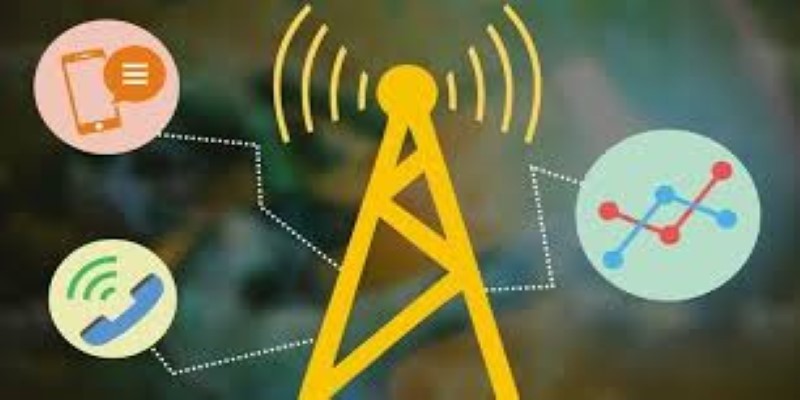
About Course
This course discusses the theory of telecommunications.
The term “telecommunication” is derived from the Greek stem “tele” meaning “at a distance” and the word “communication” meaning “the science and practice of transmitting the information.” Telecommunications plays a vital role in international commerce and in industrialized nations it is an accepted necessity.

The advent of wireless services gives an enormous impact on the growth of telecommunications networks. In industrialized countries, they are used increasingly for mobile business communications. also, the services follow several principles such as the telecommunication networks are used to provide services to the users. Service requires the execution of a series of programs by the originating and destination entities. The services are decomposed into different layers by the initiating entity, where each layer undertakes a specified portion of the overall service.
This makes the services more manageable and allows interoperability between vendors. The open systems interconnection (OSI) reference model explains this layered
Course Content
Introduction to telecommunications
-
How to recover submission text when connection times out.
05:01 -
Data and Signals CO230 part 2
39:30 -
Data and Signals CO230
56:24 -
LabConnection Registration
02:49 -
Introduction to Telecommunications: LabConnection Preview
03:12 -
Introduction to Telecommunications, Lecture 1
01:03:41 -
xploring Linux Filesystems – Lecture CO232 Linux Administration
01:25:53 -
Introduction to Security Principles CO212
01:51:54 -
CO232 Linux Administration
01:34:07 -
Lecture MySQL World Database
21:56 -
Web Server Administration Part 2: Introduction to Apache on Knoppix and Open Source
11:38 -
Lecture lab: Compile Apache 2 Server with SSL and Create SSL Certificates
08:15 -
Web Server Admin
52:24 -
Introduction to Telecommunications
04:08 -
NetApp Certificate for Storage Fundamentals
00:43
Student Ratings & Reviews

